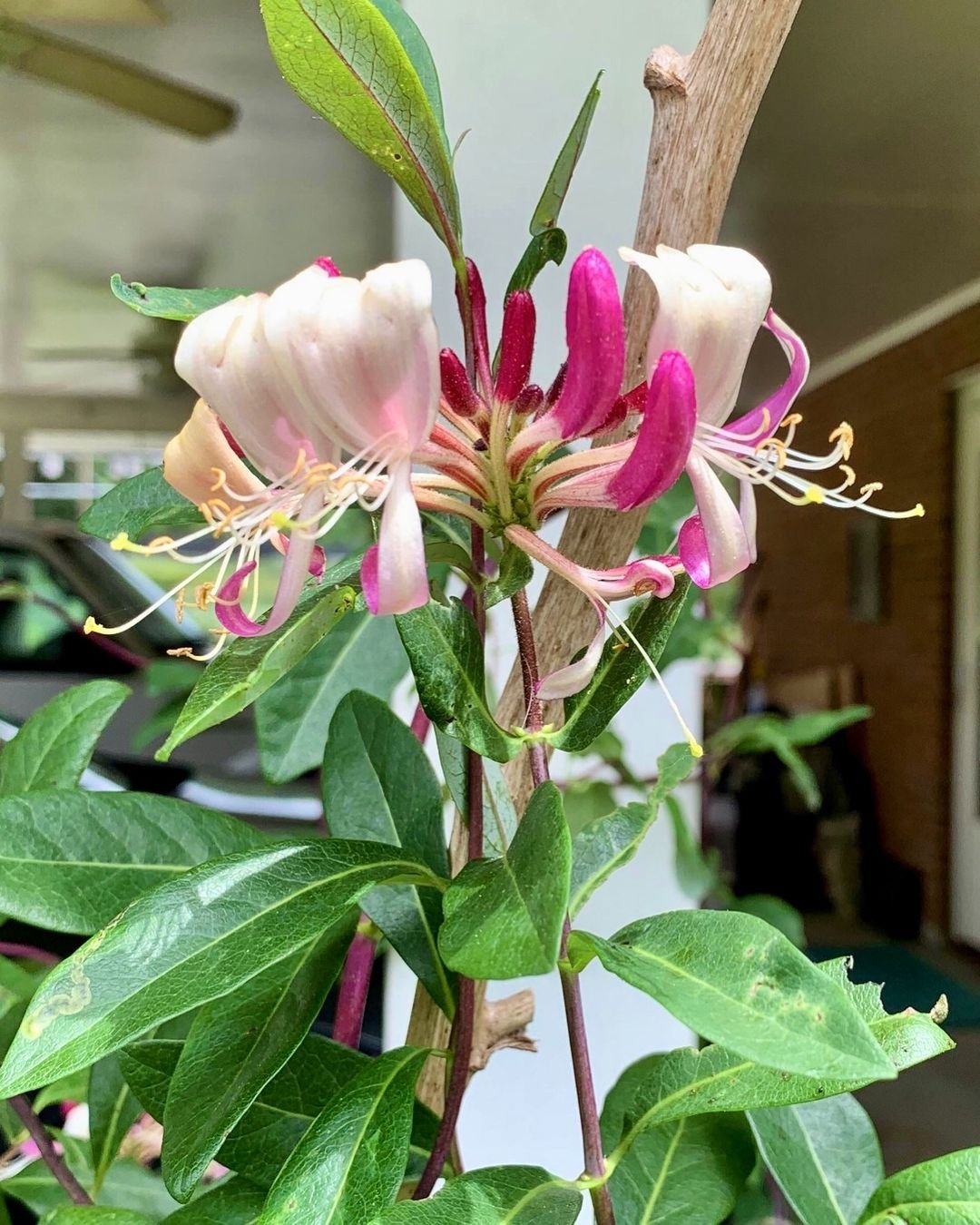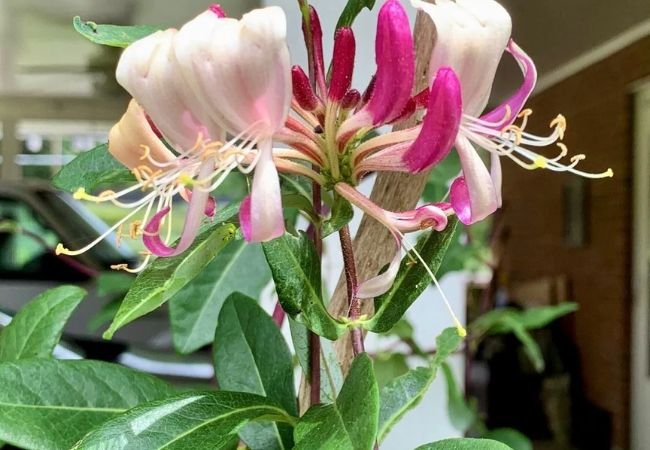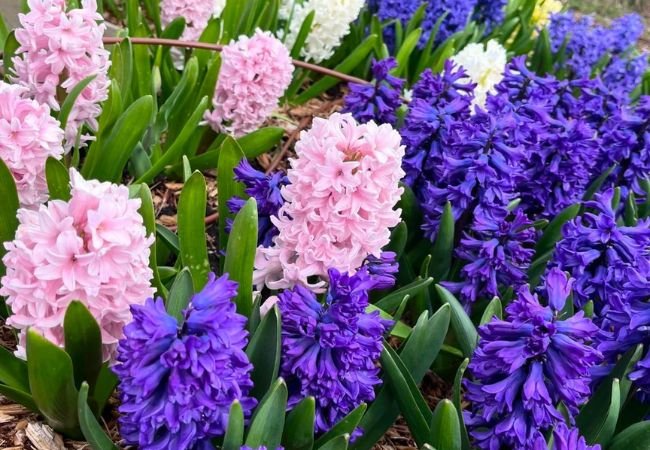Discover the sweet world of Honeysuckle Flowers. Learn how to grow them, their benefits for wildlife and why they’re a great addition to your garden. A friendly guide for nature lovers and gardeners alike.
Walking past a fence covered in flowers with a sweet smell might lead you to discover Honeysuckle. These climbing plants are loved for their pretty flowers and nice scent. Let’s explore Honeysuckle and how you can grow it in your own yard.
Certainly! Here’s a chart with information about Honeysuckle flowers:
| Aspect | Details |
|---|---|
| Botanical Name | Lonicera spp. |
| Common Name | Honeysuckle |
| Plant Type | Deciduous or evergreen vine/shrub |
| Hardiness Zone | Zones 4-9 (varies by species) |
| Sun Exposure | Full sun to part shade |
| Soil Type | Well-drained, adaptable to various soil types |
| Watering Needs | Moderate; regular watering, drought-tolerant once established |
| Growth Habit | Climbing, twining, or bushy |
| Height/Spread | Varies widely; 3-30 feet tall/spread (depending on species and growth habit) |
| Special Features | Fragrant flowers, attracts pollinators (especially hummingbirds and butterflies), some species have edible berries, can be invasive in certain areas |
What is Honeysuckle?

Honeysuckle is a type of vine or shrub that climbs up things. It has small, tube-shaped flowers that smell very sweet. There are many kinds of Honeysuckle, some that grow wild in the USA and some that people plant in gardens.
What Does Honeysuckle Look Like?
- Flowers: Small, usually in pairs, often yellow, white, or pink
- Leaves: Green, growing opposite each other on the stem
- Growth: Can climb up to 30 feet high
- Berries: Some types have red or orange berries after flowering
To learn more about plant identification, visit the USDA Plants Database.
Types of Honeysuckle
There are two main types of Honeysuckle in the USA:
- Native Honeysuckle: These are good for local wildlife and won’t take over your garden.
- Non-native Honeysuckle: Some of these can grow too fast and cause problems.
It’s important to choose the right type for your area. The U.S. Forest Service can help you learn which plants are best for your region.
Growing Honeysuckle in Your Garden
To grow Honeysuckle at home, keep these points in mind:
- Sunlight: Most Honeysuckles like full sun or partial shade.
- Soil: They grow best in soil that drains well.
- Water: Water regularly when the plant is young. Once established, it doesn’t need much water.
- Support: Give your Honeysuckle something to climb on, like a trellis or fence.
For more gardening tips, check out the National Gardening Association.
Caring for Honeysuckle
To keep your Honeysuckle healthy:
- Prune it in late winter to keep it under control and encourage new growth.
- Watch out for pests like aphids.
- Add compost to the soil each spring.
- Remove any dead or damaged branches.
Benefits of Honeysuckle
Honeysuckle isn’t just pretty. It’s also good for your garden:
- Attracts pollinators like bees and hummingbirds
- Provides food for birds (some types have berries)
- Can be used to cover fences or walls
- Some people use it to make tea or in traditional medicine (but always check with a doctor first)
For information on using plants safely, visit the FDA’s website.
Honeysuckle and Wildlife
Honeysuckle is great for attracting wildlife to your garden. The flowers provide nectar for butterflies and hummingbirds. Some birds use the dense vines for nesting. By planting native Honeysuckle, you’re helping local animals thrive.
To learn more about gardening for wildlife, visit the National Wildlife Federation.
Honeysuckle in History and Culture
People have enjoyed Honeysuckle for a long time. In some cultures, it’s a symbol of love and happiness. In the language of flowers, Honeysuckle often means “devoted affection.”
To explore more about the cultural significance of plants, visit the Smithsonian Gardens.
Honeysuckle can be a sweet addition to any garden. With its pretty flowers, nice smell and benefits for wildlife, it’s no wonder so many people love this climbing plant. Whether you’re covering a fence, attracting butterflies, or just enjoying the scent on a summer evening, Honeysuckle has a lot to offer.
Remember, the best garden is one that makes you happy. If you decide to grow Honeysuckle, choose a type that’s right for your area and enjoy watching it grow. Happy gardening!
For more gardening tips and plant care guides, visit usagardenhub.com.







3 Comments on “Honeysuckle : The Sweet-Smelling Climber for Your Garden”